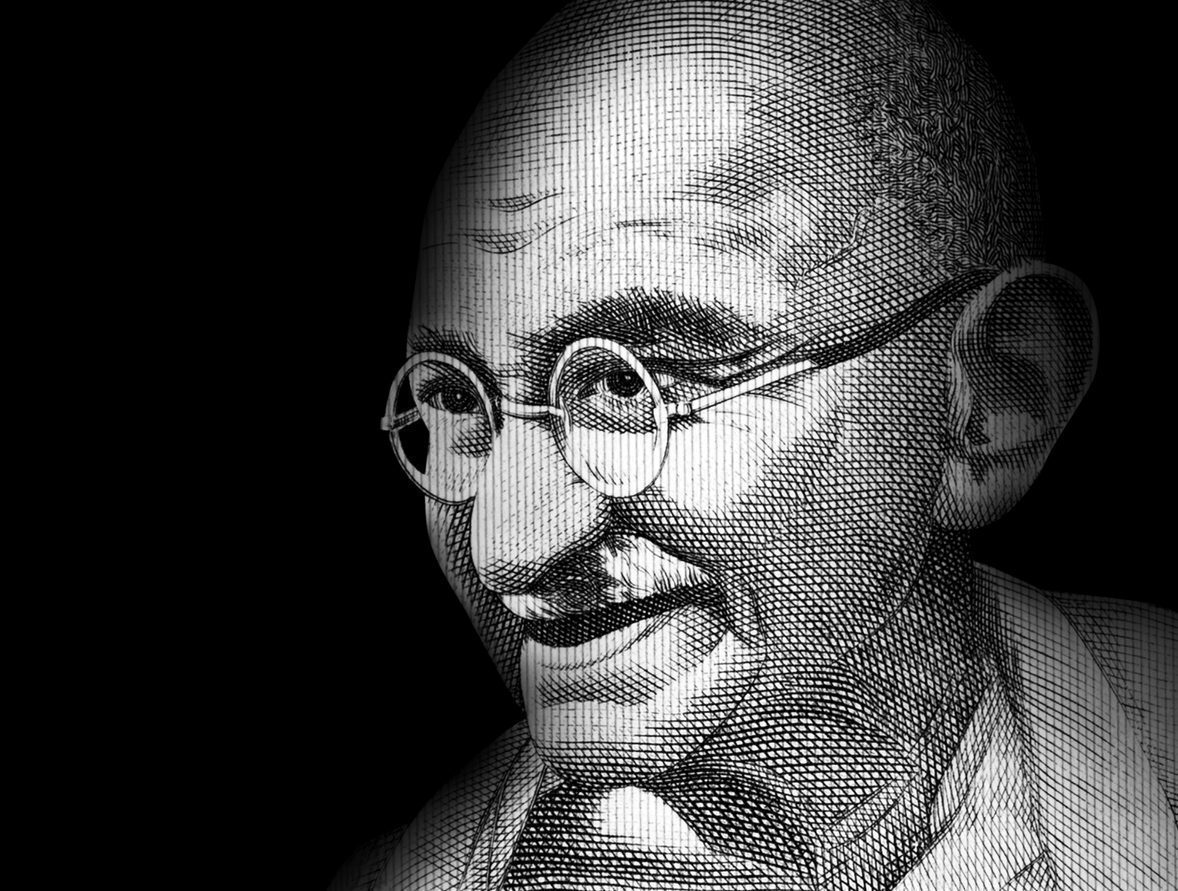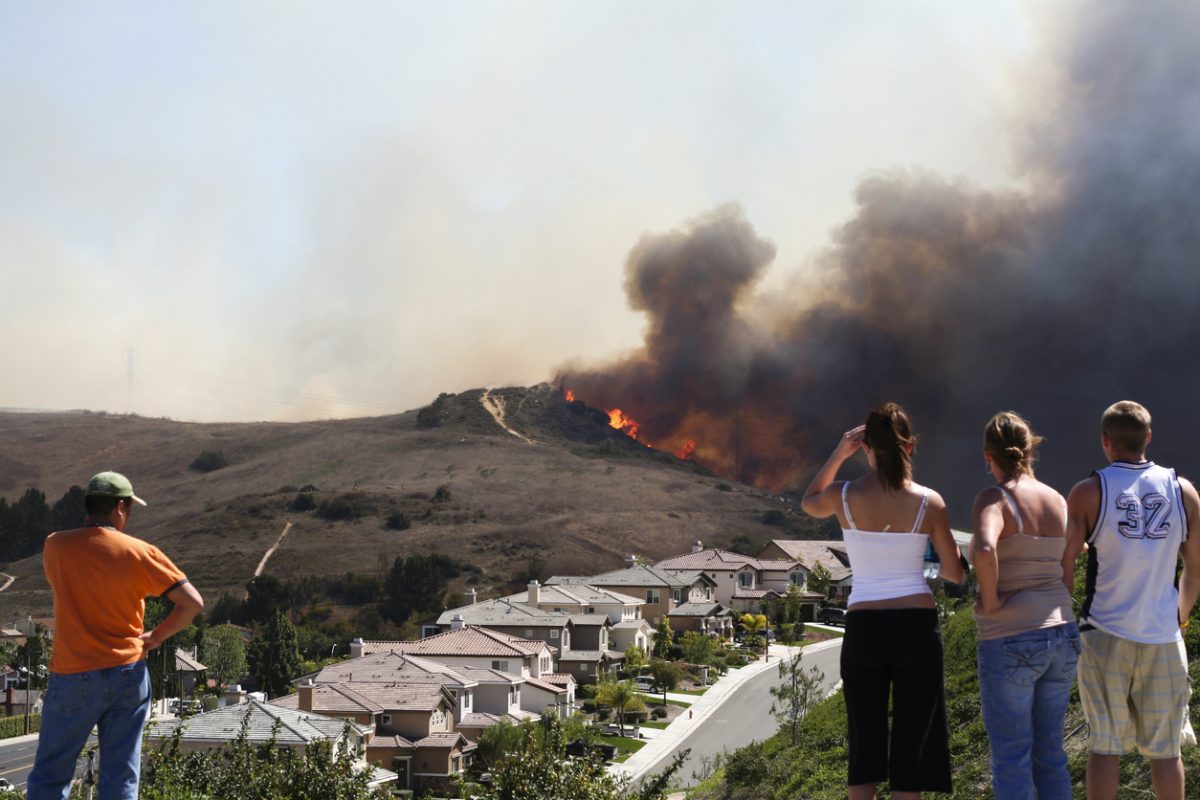
Migrant Crisis After Lockdown in India During the COVID-19 Pandemic:
An Invisible Mental Health Tsunami
The invisibility of the mental health tsunami phenomenon among migrant laborers was the biggest urban dilemma witnessed during the nation-wide lockdown in India due to coronavirus disease 2019. The volatile situation was a health and economic emergency in one, with all the components of a mental health crisis. As per Census 2011 statistics, India has 139 million migrant laborers in the country.1 Within hours of the lockdown announcement on March 25, 2020, millions of migrant laborers began deserting the cities of India,2,3 resulting in a fertile breeding ground for an increase in chronic stress, anxiety, depression, alcohol dependence, and self-harm among these individuals. India was facing a tsunami of mental health issues among migrant laborers, with suicide-related deaths as its lead indicator. The phenomenon produced economic anxiety, loneliness, panic, fear, and feelings of isolation.
The mental health tsunami has resulted in deaths among migrant workers due to exhaustion and accidents.4,5 For example, 383 migrant laborers died due to avoidable railroad or roadside accidents. At least 16 migrant workers were run over by a train while trying to return to their rural homes, as they had been walking along the railroad tracks and slept there due to exhaustion. Eighty migrant laborers lost their lives in train coaches during this painful journey of reverse migration.4,5
Migrant laborers reeling from the impact of the mental health tsunami need immediate support from mental health professionals and policy planners. Mental health and suicide prevention interventions could help to lessen the impact. Crisis intervention in the form of psychological first aid would help save lives and reduce emotional distress among migrant laborers. Helpline services, digitally mediated therapy, and telemedicine health services should be provided. Use of low-technology services like text messages can be highly effective in increasing awareness, decreasing stigma, and inducing help-seeking behavior. The focus of psychosocial intervention should be on self, family, community, and primary care for this vulnerable population. Community-based interventions, mental health mobile vans, and training of community health workers to provide the first line of treatment to migrant laborers are the primary needs at this time. A new disaster management act is also needed to deal with any adversities that the migrant laborers in India may confront in the future. The mental health tsunami in India warrants the need for a separate ministry for migrant affairs devoted to migrant laborers only.
In summary, a mental health tsunami is a severe mental health crisis that is highly destructive and spreads rapidly, in this case through migrant laborers in India after lockdown. It is often invisible and might go unnoticed but has caused severe mental trauma and even death in a proportion of the migrant population. It is suggested that provision of optimal mental health care services to migrant laborers in India should be a priority.
Received: June 5, 2020.
Published online: August 13, 2020.
Potential conflicts of interest: None.
Funding/support: None.
References
1.Sharma K. India has 139 million internal migrants. They must not be forgotten. World Economic Forum website. https://www.weforum.org/agenda/2017/10/india-has-139-million-internal-migrants-we-must-not-forget-them/. Oct 1, 2017. Accessed June 5, 2020.
2.Mandyam N. 60,000 migrants in Bengaluru not getting ration kits despite govt promise. The Times of India website. April 2020;2(4). https://timesofindia.indiatimes.com/city/bengaluru/60k-migrants-in-city-not-getting-ration-kits-despite-govt-promise/articleshow/74937979.cms. Accessed May 25, 2020.
3.Rashid O, Anand J, Mahale A. India coronavirus lockdown: migrant workers and their long march to uncertainty. The Hindu website. April 4, 2020:7. https://www.thehindu.com/news/national/india-coronavirus-lockdown-migrant-workers-and-their-long-march-to-uncertainty/article31251952.ece. Accessed May 25, 2020.
4.India coronavirus lockdown: road accident kills 24 migrant workers. BBC News website. https://www.bbc.com/news/amp/world-asia-india-52688899. May 16, 2020. Accessed May 25, 2020.
5.Agarwal K. Not just the Aurangabad accident, 383 people have died due to the punitive lockdown. The Wire website. https://m.thewire.in/article/rights/migrant-workers-non-coronavirus-lockdown-deaths/amp. May 10, 2020. Accessed May 25, 2020.
aDepartment of Psychiatry, Government Medical College and Hospital, Chandigarh, India
*Corresponding author: Gurvinder Pal Singh, MD, Department of Psychiatry, Government Medical College and Hospital, Sector 32, Chandigarh 160030, India ([email protected]).
Prim Care Companion CNS Disord 2020;22(4):20com02710
To cite: Singh GP. Migrant crisis after lockdown in India during the COVID-19 pandemic: an invisible mental health tsunami. Prim Care Companion CNS Disord. 2020;22(4):20com02710.
To share: https://doi.org/10.4088/PCC.20com02710
Please sign in or purchase this PDF for $40.00.




